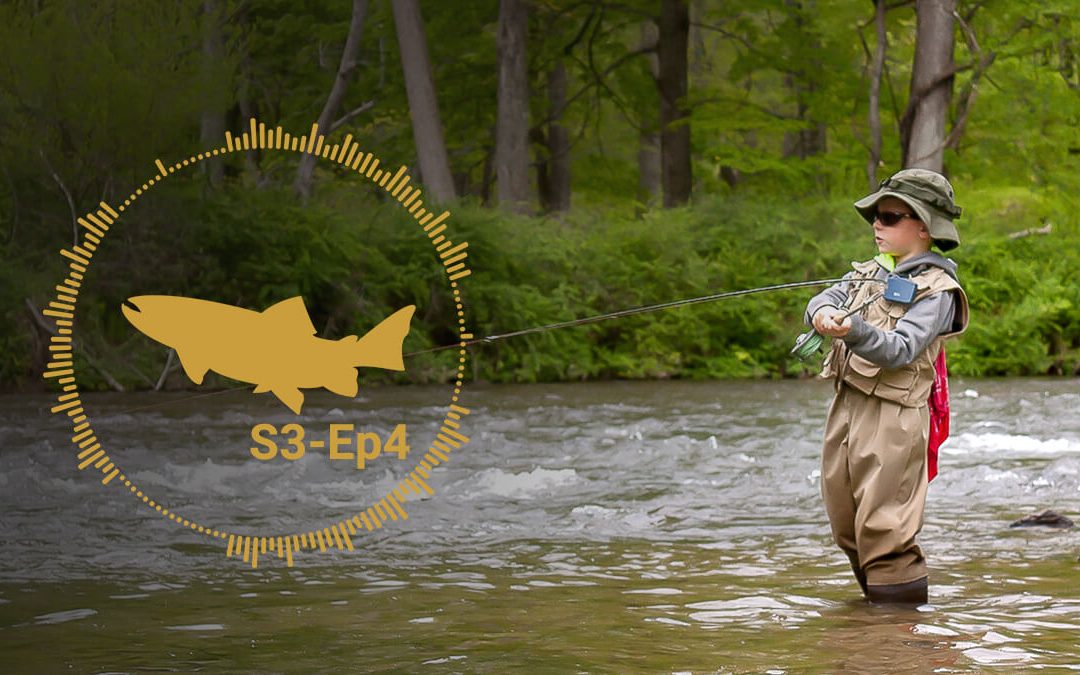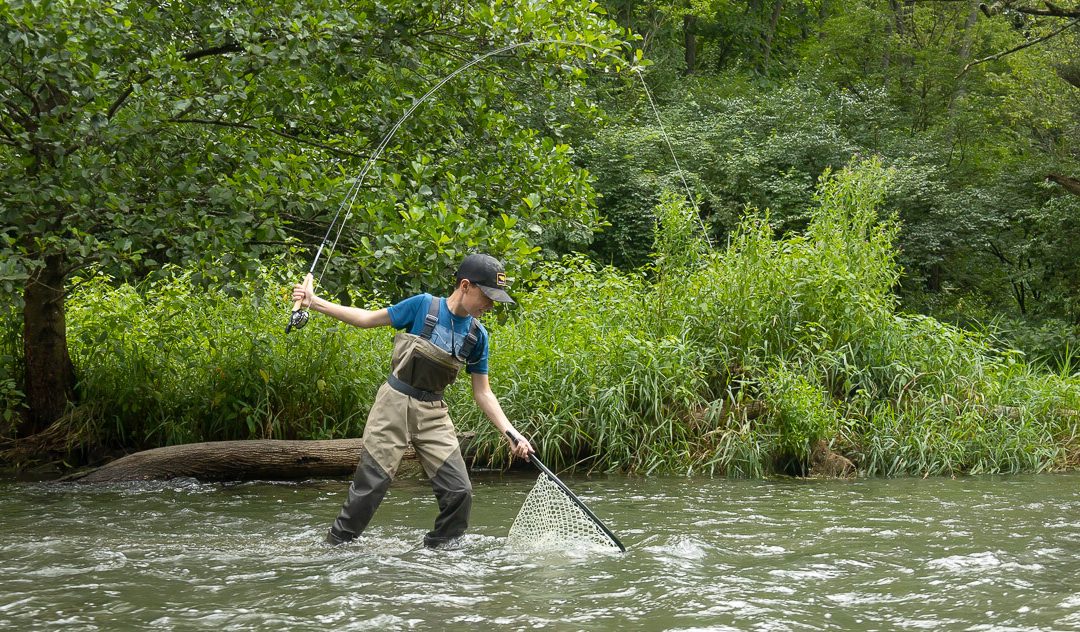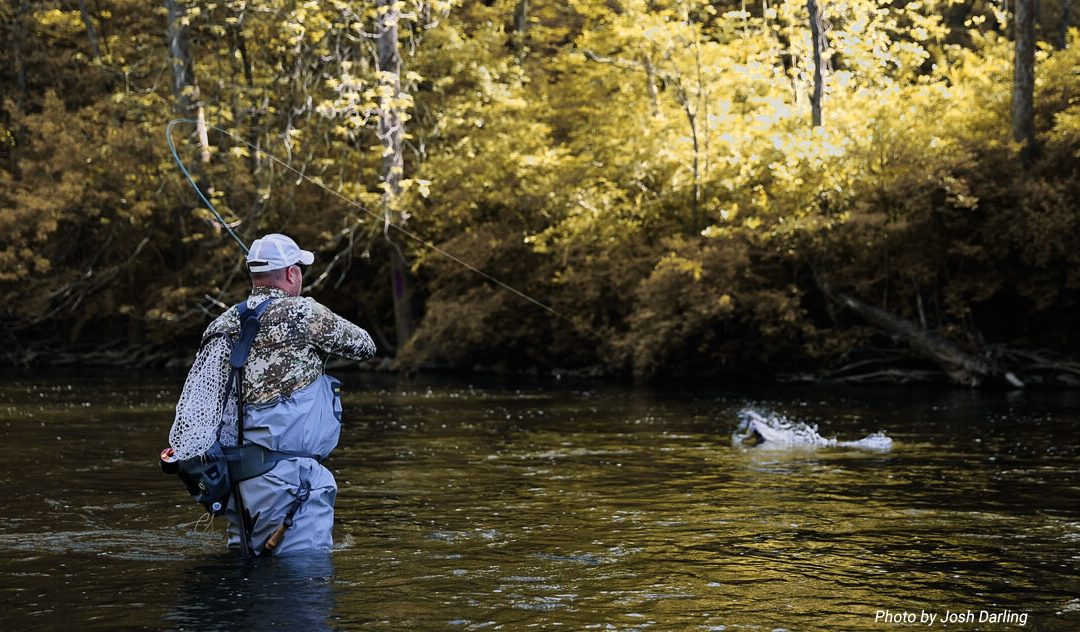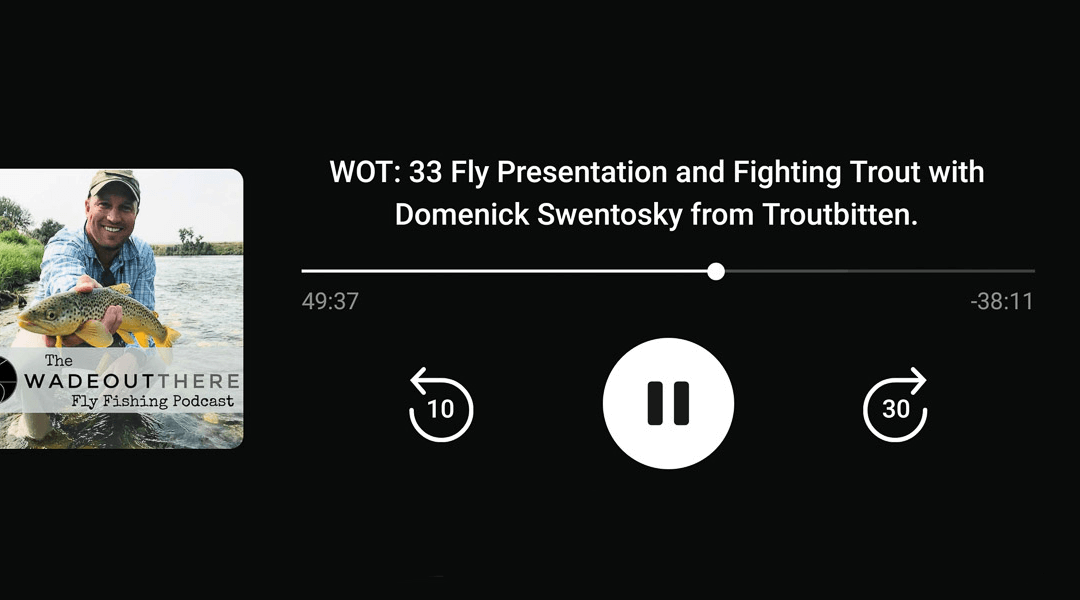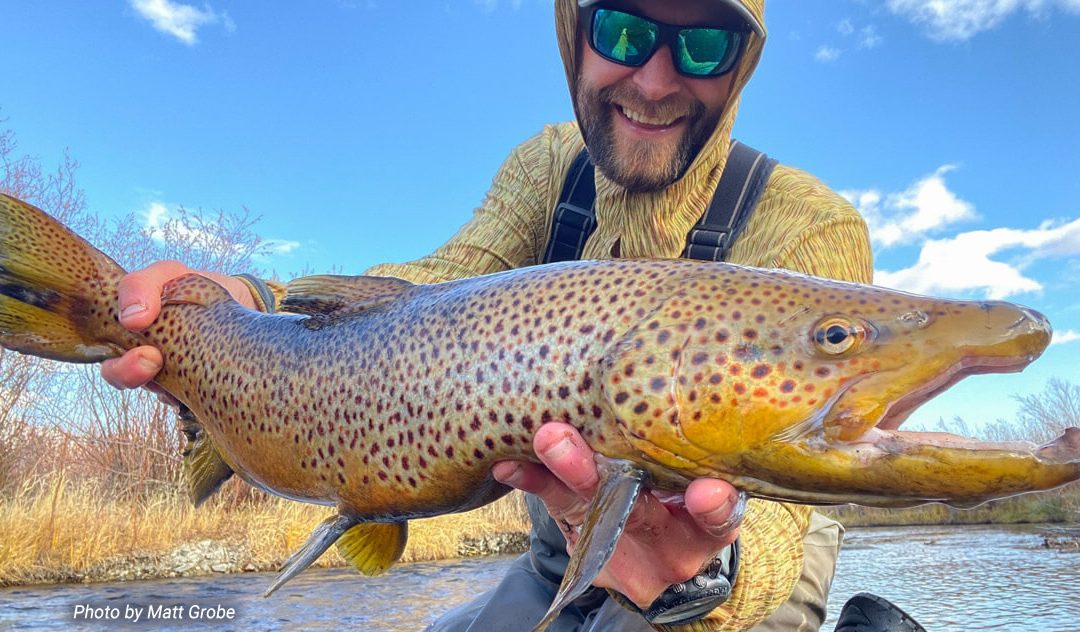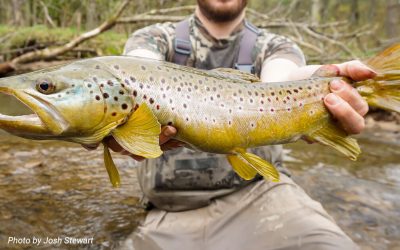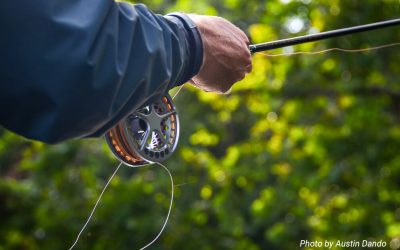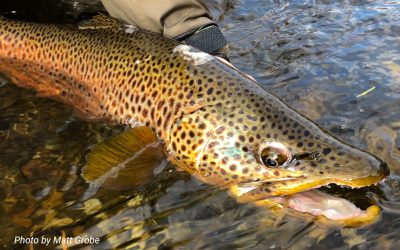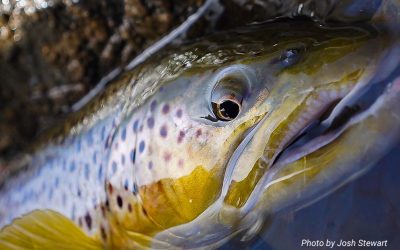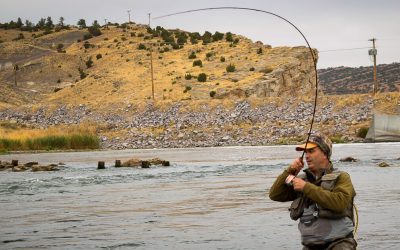Something electric happens when we hook into the fish of the day, the fish of the season or maybe the fish of a lifetime. Our hearts beat faster. The adrenaline pumps because the stakes are raised. This is the fish we’ve been waiting for, and we don’t want to lose the opportunity.
